| Type | Description | Contributor | Date |
|---|---|---|---|
| Post created | Pocketful Team | Aug-11-25 |
Read Next
- What is Dabba Trading?
- Best Intraday Trading Apps in India
- How to Backtest Trading Strategy – Tools, Tips & Examples
- What is Margin Money?
- What is Option Premium & How is it Calculated?
- 10 Best Mobile Trading Apps in India
- Lowest Brokerage Charges Apps for Online Trading in India
- What is Peak Margin?
- Best Fast Order Execution Broker Platforms in India
- Scalping vs Swing Trading: Which Strategy Fits You Best?
- What is an ITM (In The Money) Call Option?
- Top AI Trading Apps in India
- Income Tax on F&O Trading in India
- Highest Rated Trading Apps in India 2025
- What is Gap Up and Gap Down in Stock Market Trading?
- Oscillator Indicators in Trading – Types, Uses & How They Work
- What is VWAP Strategy?
- Intraday vs. Positional Trading – Key Differences
- Best Algo Trading Platform in India 2025
- Best Apps & Tools for Option Chain Analysis in India
10 Best Chart Pattern Books for Traders
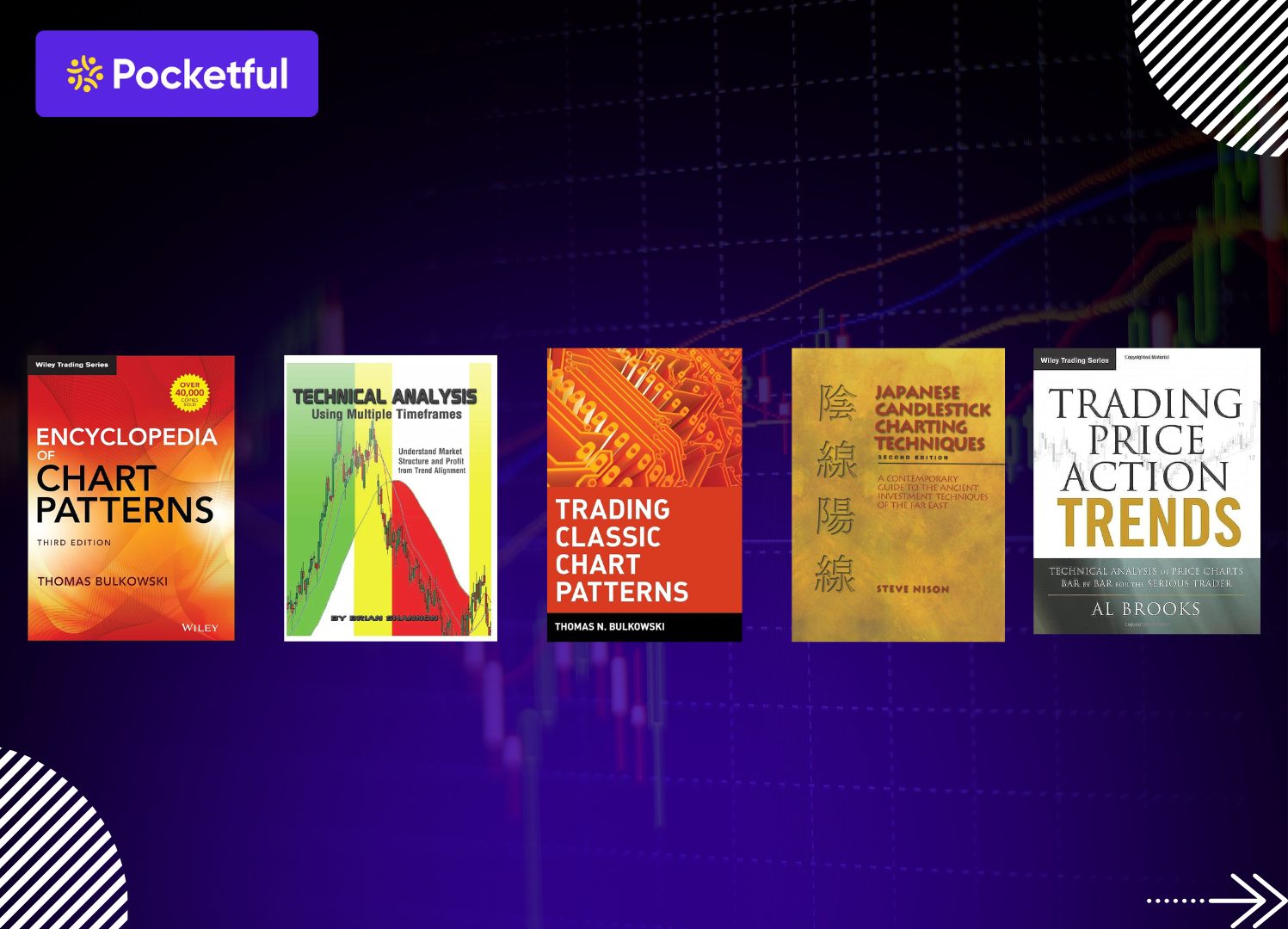
If you want to be successful in trading, reading chart pattern books is as important today as it was in the past. In 2025, where the market has become even faster, volatile and technology-driven, identifying the right chart pattern can greatly improve your trading decisions. Whether you are a beginner or an experienced trader, the best chart pattern book can enhance your technical analysis skills.
In this blog, we will tell you about 10 such excellent and updated best trading chart patterns books which are still relevant and can help you realize consistent profits.
Top 10 Best Chart Patterns Books for Traders (2025 List)
| Book Name | Author | Best For | Key Highlights |
|---|---|---|---|
| Encyclopedia of Chart Patterns | Thomas N. Bulkowski | Intermediate Advanced traders | Includes approximately 70–75 reversal and continuation patterns, statistical data, and failure analysis |
| Technical Analysis Using Multiple Timeframes | Brian Shannon | Intermediate Advanced traders | Accurate identification of chart patterns in a multi‑timeframe context, trend alignment |
| Trading Classic Chart Patterns | Thomas N. Bulkowski | Intermediate traders | Entry/exit levels, trade setups, real examples for each pattern |
| Japanese Candlestick Charting Techniques | Steve Nison | Beginners Intermediate | Candlestick foundations for pattern analysis |
| Trading Price Action Trends | Al Brooks | Advanced traders | Deep understanding of repeated estimation methods, trend-following and reversal patterns |
| Price Action Breakdown | Laurentiu Damir | Beginners Intermediate | Focus on high-probability patterns such as pin bars, inside bars, engulfing bars |
| Trading Price Action Reversals | Al Brooks | Advanced | Reversal patterns, entry setups, trade structure analysis |
| The Visual Guide to Chart Patterns | Thomas N. Bulkowski | Intermediate | Visual aids and structure-based examples for pattern recognition. |
| Candlestick Charting Explained | Gregory L. Morris | All Levels | Focus on standardized 89 candlestick patterns, with an emphasis on pattern identification and false signal filtering |
| Chart Patterns | Bruce M. Kamich | BeginnersIntermediate | Formations like flags, head‑and‑shoulders, double bottoms, breakout timing and pattern spotting guide |
Brief Overview of the Chart Patterns Books
A summary of the 10 best Chart Patterns Books has been given below:
1. Encyclopedia of Chart Patterns
This book is considered to be a definitive reference in the world of chart patterns. Thomas Bulkowski has explained more than 60 classic chart patterns such as head & shoulders, triangles, flags etc. with statistical analysis. The success rate, failure rate, average price movement and trading strategies of each pattern have been explained in detail. This book is very useful for traders for pattern-based decision making and price prediction. The special thing is that the author has also analysed the performance of each pattern on the basis of historical market data.
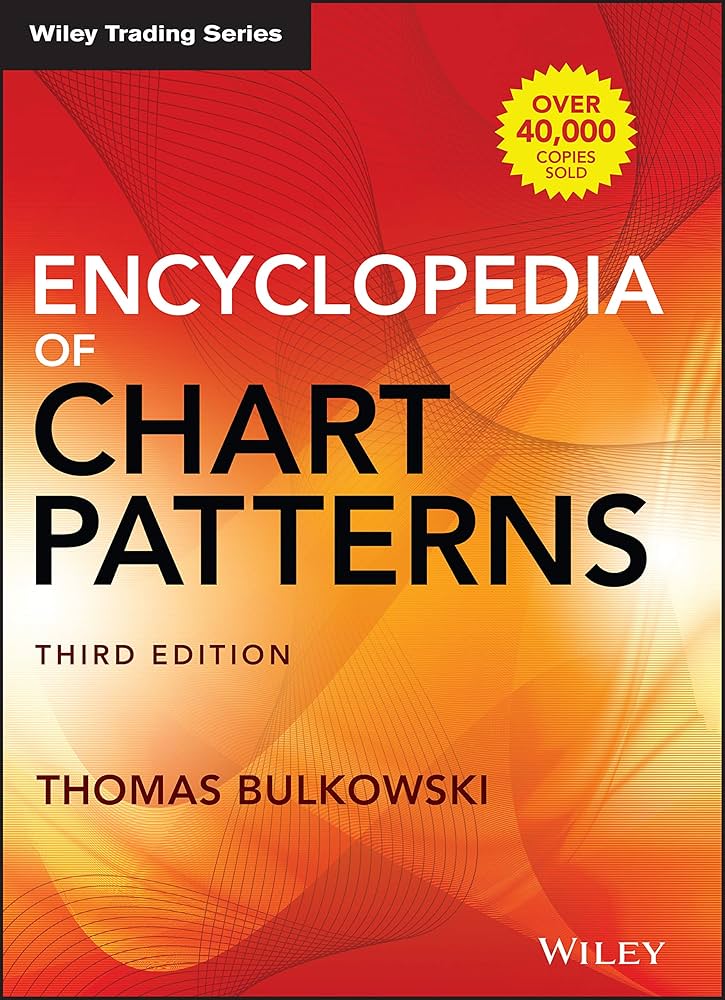
2. Technical Analysis Using Multiple Timeframes
This book by Brian Shannon is excellent in explaining the concept of multiple timeframes. Although it covers broader technical analysis, the depth of price structure and chart interpretation in it is very high. The author explains how the same chart can be analysed in different timeframes to decide better entries and exits. It provides practical ways to integrate trend alignment, support-resistance zones and moving averages with price action, making trading decisions more confident.

3. Trading Classic Chart Patterns
This is Bulkowski’s second important book that focuses specifically on classical chart patterns. It takes a deep dive into about 50 traditional patterns such as cup & handle, double top, triple bottom, etc. The psychology behind each pattern, entry-exit rules and performance statistics are provided. Also, real-world examples and visual charts make it very practical. This book is for those traders who want to make pattern recognition their core trading tool.

4. Japanese Candlestick Charting Techniques
This classic book by Steve Nison gives Western traders detailed knowledge of candlestick charting for the first time. It explains more than 50 candlestick patterns such as doji, hammer, engulfing, morning star. The meaning, formation, market psychology and trading signals of each pattern are given in a very systematic manner. This book is a reference guide not only for beginners but also for advanced chartists. The integration of candlestick and bar charts is also explained well in it.
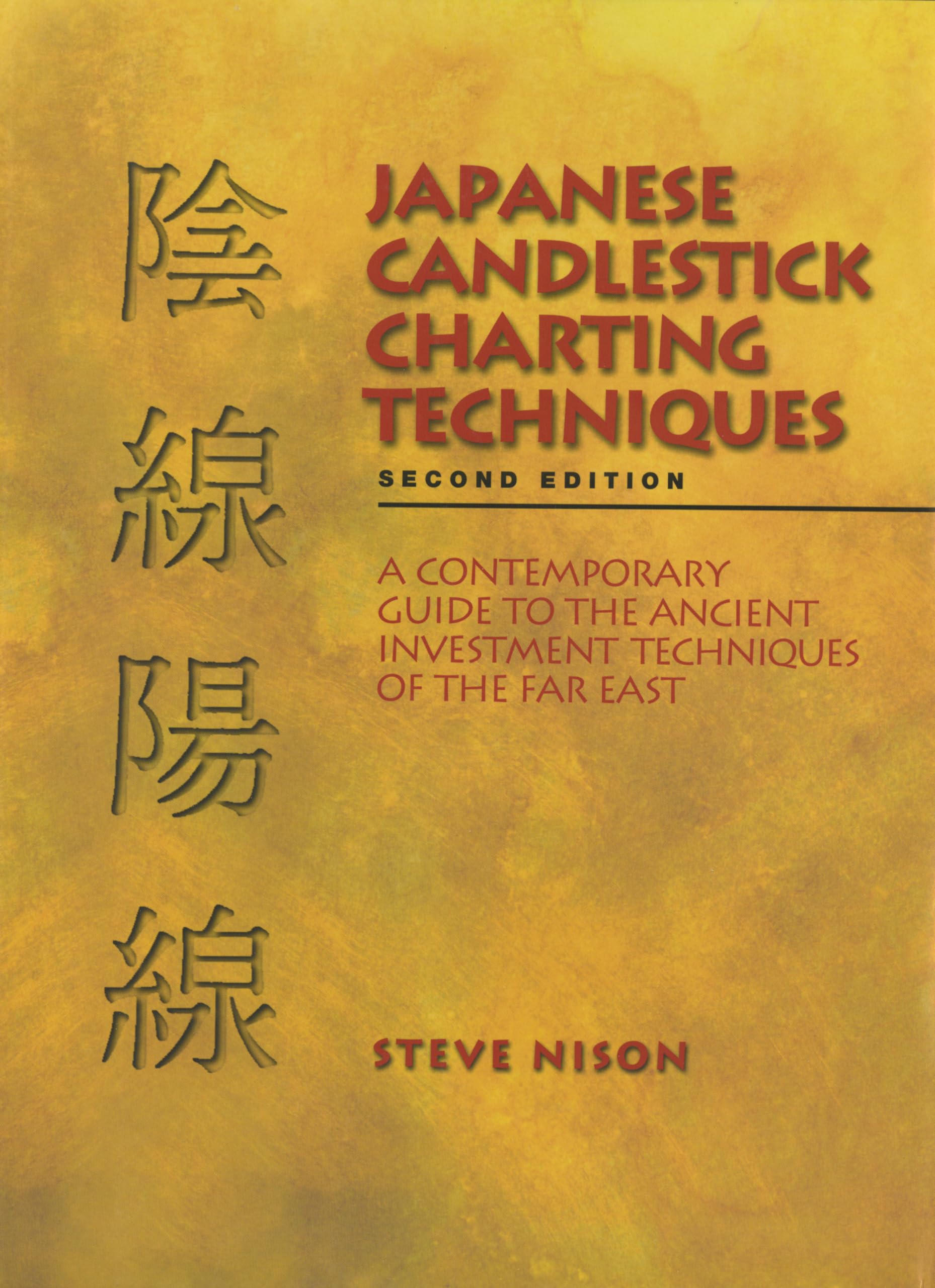
5. Trading Price Action Trends
This book by AL Brooks gives scientific depth to price action trading. In this, chart analysis is done only on the basis of price bars, without any indicators. The author has done a detailed study of trend structures, breakout patterns, pullbacks, and exhaustion points. The special thing is that this book is based on intraday charts and improves chart-based decision making in scalping or short-term trading. This book is like a guide to understand the internal dynamics of price movement.
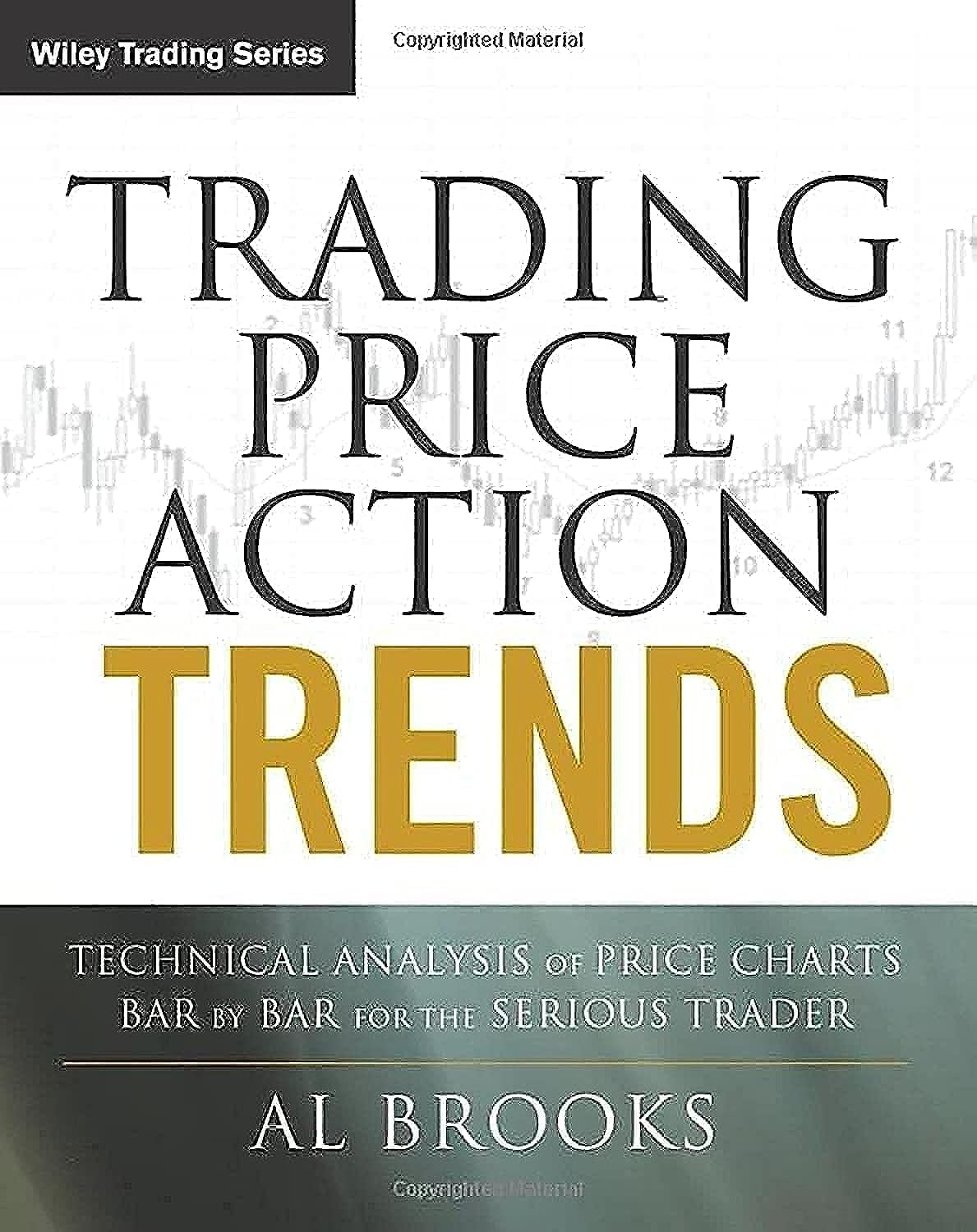
6. Price Action Breakdown
This book focuses on price action in a simple and structured way. It teaches ways to identify basic chart structures such as support-resistance, swing highs-lows, and trendlines. The author emphasizes on explaining the psychological patterns of the charts, which helps in better prediction of reversal and continuation points. This book is useful for those traders who want to trade by understanding the price structure without indicators.
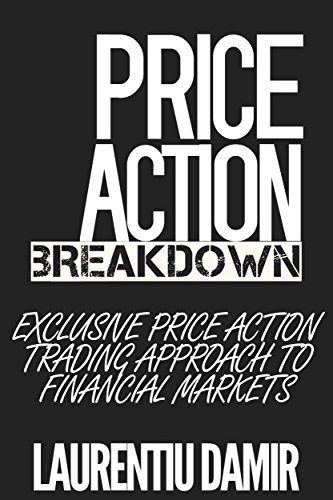
7. Trading Price Action Reversals
This book by Al Brooks provides a microscopic analysis of reversal patterns. It explains how a trend reversal can be identified in advance from the price action. Patterns like false breakouts, double tops-bottoms, wedge reversals are explained on real charts. This book is highly recommended especially for intraday and short-term traders who work on reversal-based entries. Logical approach and context-based analysis are its core strengths.
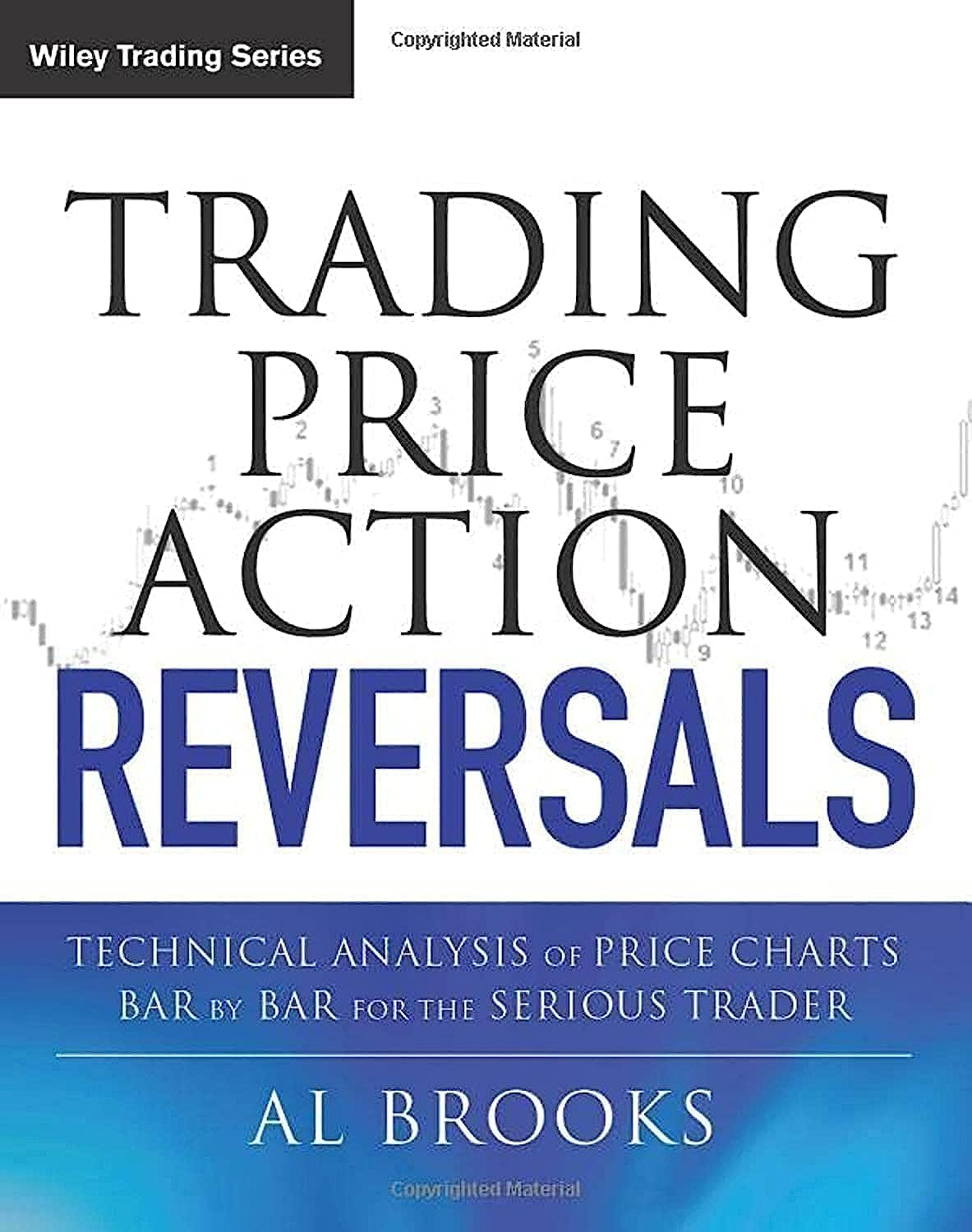
8. The Visual Guide to Chart Patterns
This book is the best option for a visual learner. In this, every chart pattern has been explained in a graphical manner, which makes recognition easy. Bulkowski presents dozens of chart patterns’ structure, breakout direction, failure signs, and performance stats through visuals. This is a user-friendly and practical guide for beginners and intermediate traders. An unmatched resource for visually understanding pattern-based decision making.

9. Candlestick Charting Explained
This book by Gregory Morris explains the concepts of candlestick charting in detail and step-by-step. Over 50 individual candlestick patterns and their combinations are thoroughly analyzed. The formation, significance, and reliability of each pattern are statistically validated. The book also contains numerous charts and historical examples, so that theoretical concepts can be easily applied practically. This book is highly useful for mastering candlestick techniques.
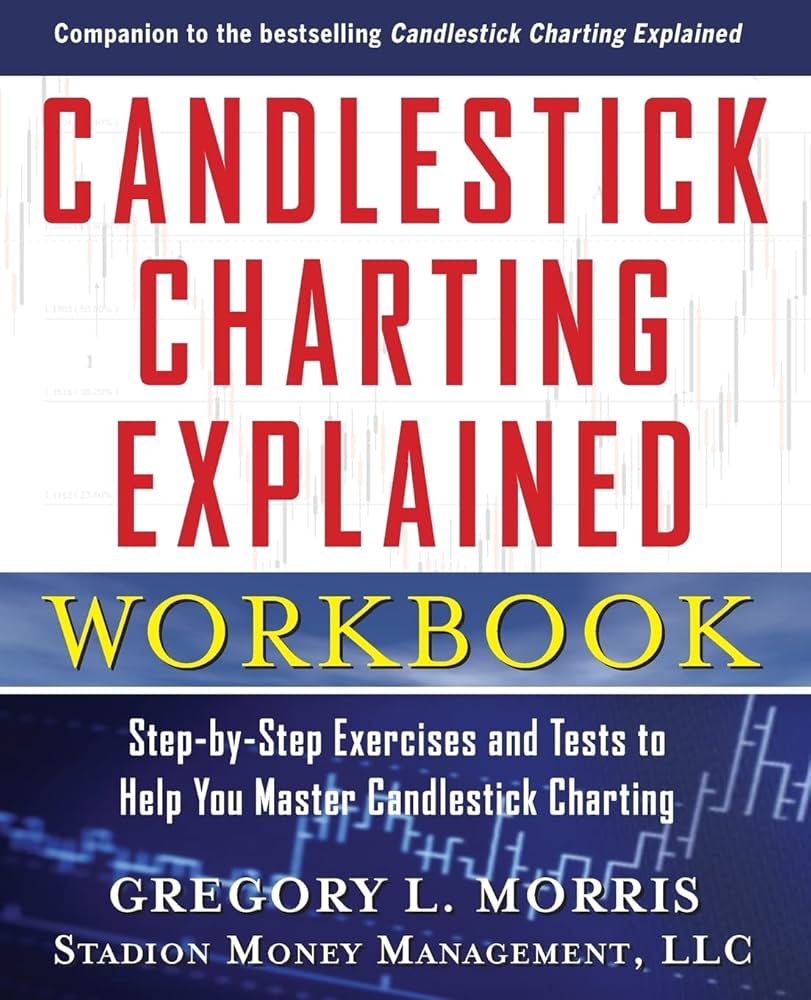
10. Chart Patterns
This book explains the identification, reliability, and application strategies of reversal and continuation patterns through case studies and charts. Kamich focuses on the institutional level charting approach, making it a solid resource for advanced traders. Matching fundamental concepts to charts improves the ability to perform real-time trading analysis.
What Makes a Great Chart Pattern Book?
Several key qualities distinguish an excellent chart pattern book as listed below, ensuring it is both informative and practical for traders at any level.
- Clear explanation with practical charts : The best chart pattern book is considered to be the one that explains the pattern step-by-step through real charts. Visual clarity is more important than text.
- Data and backtesting based analysis : Just identifying the pattern is not enough. A good chart patterns book must have data like historical performance, success/failure ratio. This gives you both confidence and direction in trading.
- Easy and understandable illustrations : Good books explain even complex things with simple illustrations, so that even beginner traders can learn easily.
- Information about false breakouts and failed patterns : A book that explains not only successful patterns, but also failed patterns and their signals is more reliable.
- Matches your trading style : Every trader has a different style day trading, swing or positional. The right book is the one that gives you depth and context according to your need.
Read Also: Chart Patterns All Traders Should Know
How to Choose the Right Chart Patterns Book for You
Every trader has different needs, so it is important to understand your skill level and trading style before choosing a chart pattern book. Below are some important points that will help you choose the right book:
- Focus on visuals if you are a beginner : If you are a beginner, choose a book that has charts, examples and easy illustrations. This will help you quickly identify and understand patterns.
- Data is important at the intermediate level : If you have some experience, then books that include success/failure rates of patterns, historical analysis and trading strategies will be better.
- Advanced traders require in-depth knowledge : If you trade at the pro level, read books that cover topics such as context-based patterns, trading psychology and risk management.
- Match your trading style : Whether it is day trading or swing trading, the book should match your strategy.
Read Also: Best Options Trading Chart Patterns
Conclusion
Understanding chart patterns in trading helps you make better decisions but it starts with a good book. Not every book is right for everyone, but when you choose according to your needs and experience, that book becomes the strongest source of learning. Any of the best chart pattern books mentioned above can point you in the right direction. Start, build understanding slowly and start applying it on real charts that is the real growth.
| S.NO. | Check Out These Interesting Posts You Might Enjoy! |
|---|---|
| 1 | 10 Best Price Action Trading Books |
| 2 | Top 10 Option Trading Books in India |
| 3 | Top 10 Books for Beginners in Trading & Investing |
| 4 | 5 Must-Read Best Swing Trading Books for Trader |
| 6 | 10 Best Algorithmic Trading Books |
| 7 | 10 Best Personal Finance Books to Read |
Frequently Asked Questions (FAQs)
Which is the best chart pattern book for beginners?
Japanese Candlestick Charting Techniques is considered to be an excellent book for beginners.
Are chart pattern books still useful in 2025?
Yes, they are equally useful even today, especially for learning technical analysis.
Can I learn chart patterns without any trading background?
Even without a trading background, anyone can learn chart patterns by starting with the basics.
How long does it take to learn chart patterns?
If you practice daily, you can develop a good understanding in 1-2 months.
Do these books include real chart examples?
Yes, most books contain real charts and case studies.
Disclaimer
The securities, funds, and strategies discussed in this blog are provided for informational purposes only. They do not represent endorsements or recommendations. Investors should conduct their own research and seek professional advice before making any investment decisions.
Article History
Table of Contents
Toggle